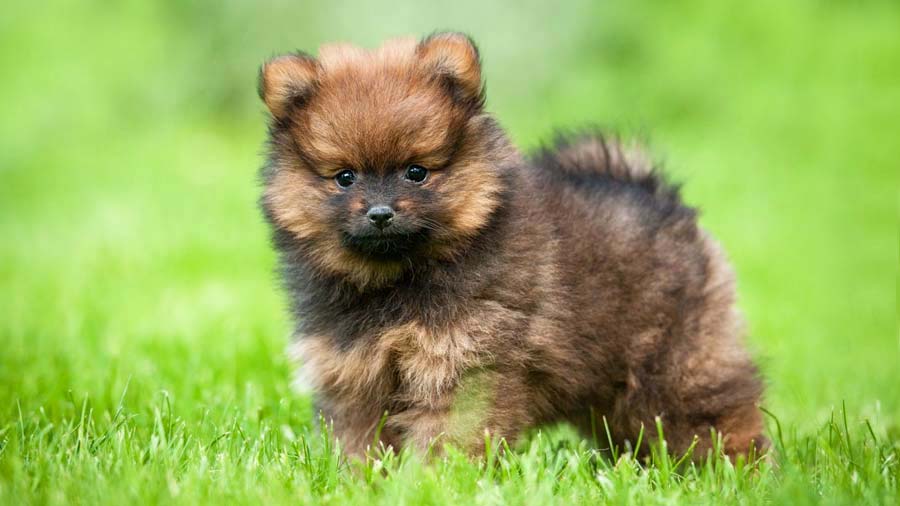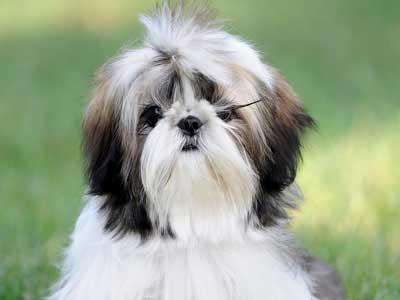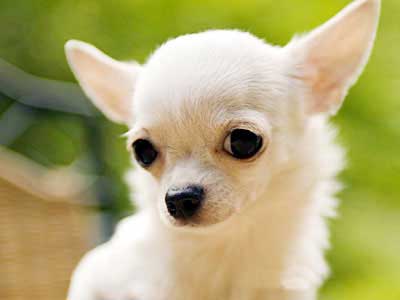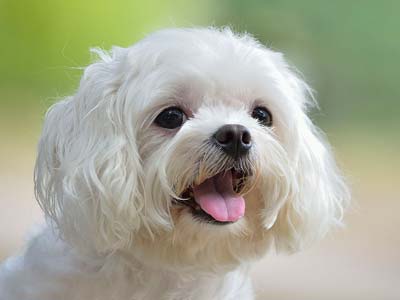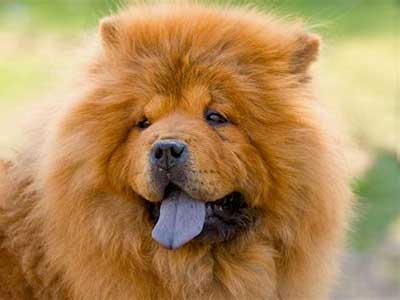Pomeranian
Breed Information |
|
|---|---|
| Popularity |
2022: #23 2021: #24 2020: #23 2019: #24 2018: #23 2017: #22 2016: #22 2015: #21 |
| Name | Pomeranian |
| Other names | Pom, Pom Pom, Deutsche Spitze, Zwergspitz, Spitz Nain, Spitz Enano, Zwers |
| Origin |
|
| Breed Group |
Toy (AKC:1888) Companion Breeds (UKC) |
| Size | Smallest |
| Type | Purebred |
| Life span | 12-16 years |
| Temperament |
Active Extroverted Friendly Intelligent Lively Playful Sociable |
| Height | 7-12 inches (18-30 cm) |
| Weight | 3-7 pounds (1-3 kg) |
| Colors |
Black Black & Tan Blue Brown Gray Orange Red White |
| Litter Size | 2-5 puppies |
| Puppy Prices |
Average $1500 - $3000 USD The Pomeranian is one of the most expensive breeds of small dog breeds. Usually, the average cost of purchasing a pet quality puppy from a reputable breeder is about $1500 to $3,000. However, for a Pomeranian puppy with top breed lines and a superior pedigree, you may need to pay between $3,500 and $6,000. |
Breed Characteristics |
|
|---|---|
| Adaptability |
5 stars |
| Apartment Friendly |
5 stars The Pomeranian is good for apartment living. These dogs are very active indoors and will do okay without a yard. Be careful they do not overheat in hot weather. |
| Barking Tendencies |
4 stars Frequent |
| Cat Friendly |
5 stars |
| Child Friendly |
2 stars Not Good with Kids: In isolation, this dog breed might not be the best option for kids. However, to mitigate the risks, have the puppy grow up with kids and provide it with plenty of pleasant and relaxed experiences with them. This breed is also friendly toward other pets and very friendly toward strangers. |
| Dog Friendly |
3 stars |
| Exercise Needs |
2 stars Poms need a daily walk. Play will take care of a lot of their exercise needs, however, as with all breeds, play will not fulfill their primal instinct to walk. Dogs that do not get to go on daily walks are more likely to display behavior problems. They will also enjoy a good romp in a safe, open area off lead, such as a large, fenced-in yard. |
| Grooming |
3 stars Moderate Maintenance: Grooming should be performed regularly to keep its fur in good shape. Occasional trimming or stripping needed. |
| Health Issues |
3 stars Hypoallergenic: No |
| Intelligence |
5 stars Ranking: #23 Full Ranking List |
| Playfulness |
4 stars |
| Shedding Level |
3 stars Moderate Shedding: Expect this dog to shed regularly. Be prepared to vacuum often. Brushing will reduce shedding as well as make the coat softer and cleaner. |
| Stranger Friendly |
3 stars |
| Trainability |
3 stars Moderately Easy Training: The intelligence of the Pomeranian makes training fairly easy. Pomeranians must be trained when young not to bark excessively. Pomeranians should also be trained not to linger at their owner’s feet, for risk of being stepped on and injured. |
| Watchdog Ability |
3 stars |
Pomeranian Names |
||
|---|---|---|
| Rank | Boy Names | Girl Names |
| 01 | Cooper | Daisy |
| 02 | Duke | Sadie |
| 03 | Toby | Chloe |
| 04 | Jack | Layla |
| 05 | Tucker | Zoey |
| 06 | Dexter | Gracie |
| 07 | Oliver | Sasha |
| 08 | Winston | Abbie |
| 09 | Marley | Molly |
| 10 | Zeus | Callie |
| 100 Cute Puppy Names › | ||
Overview |
|---|
|
The Pomeranian is a small, square-proportioned, miniature spitz with a cobby, rounded body. It shares the spitz characteristics of small ears, double coat and curled tail. It has an alert, foxlike expression. Its gait is smooth and free with good reach and drive. The soft thick undercoat combined with the longer harsh outer coat, standing off from the body, combine to give the dog a unique puffy appearance. This look is further accentuated by the thick ruff and a head carriage that is naturally up-gazing. Bouncy, bold and busy, the Pomeranian makes the most of every day. It is curious, playful, self-confident (even cocky) and attentive, ever ready for a game or adventure. It is reserved toward strangers. Some can be aggressive toward other dogs. Some bark a lot. |
History |
|
The Pomeranian got its name from the region of Pomerania, which is now the area of Germany and Poland, where it was developed from the ancient Spitz breeds. The original Pomeranians were much larger, weighing up to 30 pounds, and worked as sheep herders. Marie Antoinette, Emile Zola, Mozart and Queen Victoria all owned Pomeranians. In 1870 the Kennel Club in England first recognized them as a breed. In 1888 Queen Victoria began breeding and showing the dogs. It was she who started breeding them down in size, making the breed very popular in England. The Pomeranian was first recognized by the AKC in 1888. Some of the Pom's talents include: watchdog, agility and performing tricks. Poms make superior circus performers. |
References
- [1] ^ YouTube: All About the POMERANIAN - Characteristics and Care
- [2] ^ Love Your Dog: Pomeranian vs. Chihuahua: Which is Better For Families?
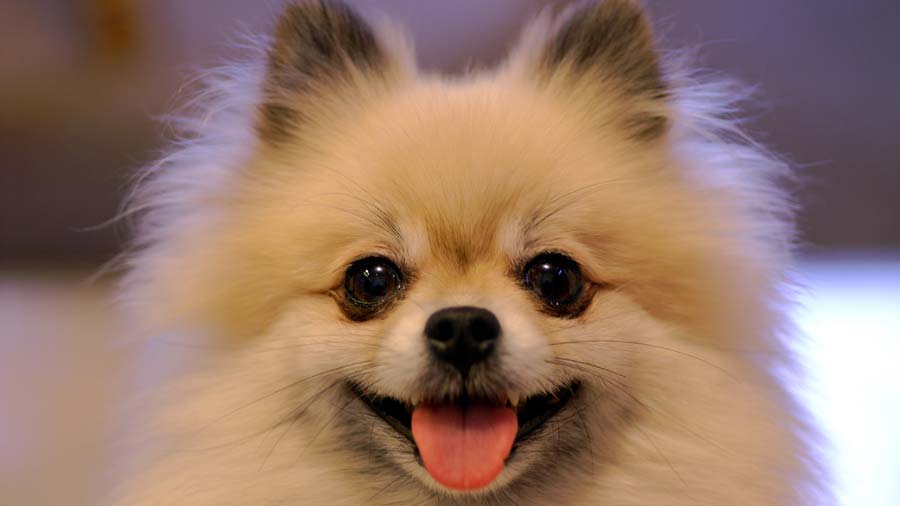
 Germany
Germany Poland
Poland